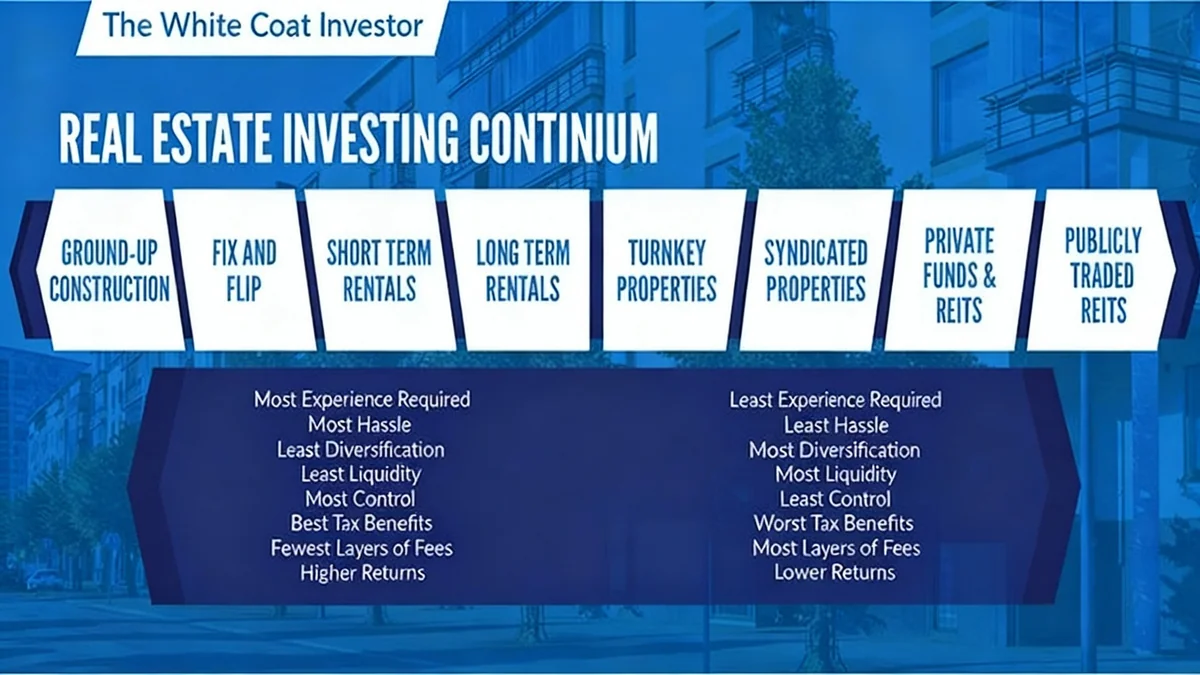Nearly 25 years after the murder of a Washington real estate agent, his widow continues to advocate for mandatory safety training in an industry where job-related crime remains a significant concern. The push for reform comes as tens of thousands of agents across the country report facing threats and attacks while performing their duties.
The tragic death of Windermere agent Mike Emert in 2001 served as a catalyst for National Realtor Safety Month, an annual initiative to raise awareness about the inherent risks of the profession. Despite this, recent data reveals a gap in preparedness, with a majority of real estate professionals operating without formal safety procedures.
Key Takeaways
- Mary Beth Emert, widow of murdered agent Mike Emert, is calling for mandatory safety classes for all real estate license renewals.
- Over 56,000 real estate agents in the U.S. reported being victims of a crime while working in 2023.
- Fewer than half of realtors (46%) report having established safety protocols in place for their work.
- The call for increased safety measures coincides with a dynamic Washington housing market that saw a 37.4% year-over-year increase in active listings in July.
A Decades-Long Fight for Agent Safety
The real estate community in Washington was shaken in 2001 when Mike Emert was fatally stabbed while showing a property in Woodinville to a prospective client. This event prompted the creation of National Realtor Safety Month, which is now observed every September to remind agents of the dangers they can face when meeting unknown individuals in vacant properties.
His widow, Mary Beth Emert, has become a prominent voice for change, urging the industry to move beyond awareness campaigns and implement compulsory safety education. She believes that periodic, mandatory training should be a requirement for every real estate agent when they renew their professional license.
"If I could just be his voice to get it out there -- that you just need to keep yourself safe. It's more important than any paycheck. Get home to your family," she stated.
Her advocacy highlights a persistent issue within the profession. The nature of the job, which involves meeting strangers alone in empty homes, creates unique vulnerabilities that many agents are not formally trained to handle.
The Risks of the Profession
Real estate agents often work as independent contractors, meaning they may lack the structured safety support common in traditional corporate environments. Their work requires them to publish personal contact information and meet clients at various locations and times, often without supervision. This exposure increases their risk of harassment, theft, and violent assault.
The Current State of Realtor Security
Despite the high-profile nature of attacks on agents, a significant portion of the industry remains unprepared. Recent industry surveys paint a concerning picture of the safety landscape for real estate professionals.
According to data from 2023, more than 56,000 realtors reported being the victim of a crime while on the job. These incidents range from verbal harassment and threats to physical assault and robbery. This figure underscores the daily risks that agents navigate.
A Gap in Preparedness
A survey revealed that only 46% of real estate agents say they have formal safety protocols in place. This means a majority of professionals are operating without a structured plan for preventing or responding to dangerous situations.
The lack of standardized safety measures has led many agents to develop their own personal security routines. Brandi Chambers, a real estate broker, modified her practices after a disturbing incident where she was harassed by a stranger outside a property she was showing.
"When I first come in, I always lock the door behind me," Chambers explained. "You don't want to have somebody between you and the door." This simple step is one of many she now takes to control her environment and ensure she has an escape route if needed.
Proactive Safety Measures Agents Can Take
In response to these risks, safety experts and experienced agents recommend a multi-layered approach to personal security. These proactive steps can significantly reduce an agent's vulnerability.
- Client Screening: Verifying the identity of new clients before meeting them in person. This can include checking public records or asking for a pre-approval letter from a lender.
- Share Your Schedule: Always inform a colleague, friend, or family member of your schedule, including the address of the property and the name of the client you are meeting.
- Environmental Awareness: Upon arriving at a property, assess potential risks. Check for phone reception, identify all exits, and avoid being cornered in rooms like basements or attics.
- Trust Your Instincts: If a situation or individual feels unsafe, agents are encouraged to trust their intuition and leave immediately.
Market Dynamics and Agent Exposure
The push for enhanced safety protocols is happening as the Washington real estate market experiences notable shifts. An increase in housing inventory means agents are conducting more showings, potentially increasing their exposure to risk.
In July, the Northwest Multiple Listing Service (NWMLS) reported 20,781 active listings, a substantial 37.4% increase from the 15,122 homes on the market in the same month a year prior. New listings also climbed, reaching 10,418, up 12.3% year-over-year.
While closed sales only saw a modest 3.8% rise, the surge in available properties suggests a busier environment for agents managing listings and meeting with a higher volume of potential buyers.
Washington Housing Market Overview for July
The market's performance provides important context for the conditions in which agents are currently working. Key data points from July include:
- Stable Prices: The median sales price for homes and condos across the state was $650,000, identical to the previous year but down slightly from June's median of $670,000.
- Mortgage Rates: Rates remained relatively steady, holding at an average of 6.72%, creating a consistent borrowing environment for buyers.
- Price Variations by County: Significant price differences persist across the state. San Juan County reported the highest median price at $906,250, followed by King County ($875,000) and Snohomish County ($765,000). In contrast, counties like Columbia, Ferry, and Adams offered the most affordable homes, with median prices below $350,000.
According to Steven Bourassa, director of the Washington Center for Real Estate Research at the University of Washington, homeowners should not expect relief on borrowing costs soon. "As expected, the Federal Reserve kept the federal funds rate unchanged at its July 30 meeting, reflecting ongoing concerns about inflation," Bourassa noted. "This suggests there is unlikely to be any improvement in mortgage rates in the near future."
This economic stability, combined with rising inventory, creates a market that requires agents to be consistently active. For advocates like Mary Beth Emert, this heightened activity only reinforces the urgent need for the industry to prioritize the safety of its professionals through comprehensive, mandatory training.





